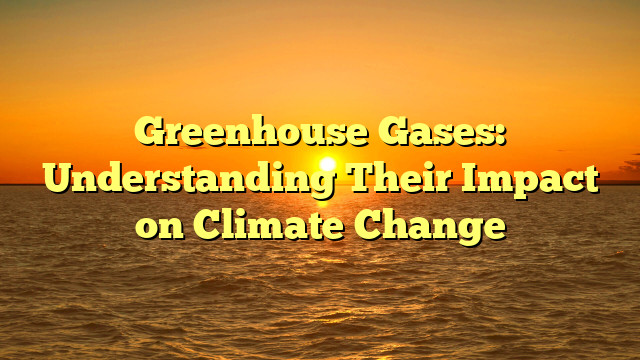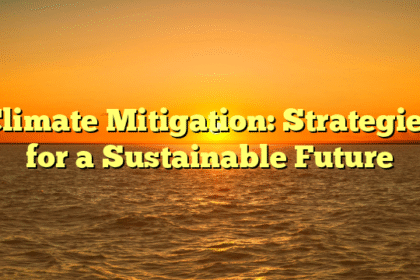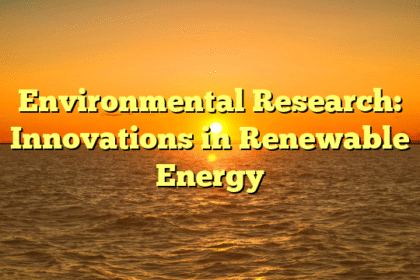Greenhouse Gases
Local weather change has emerged as one of many defining challenges of our time, with greenhouse gases at its core. The fragile stability of our planet’s local weather is being disrupted by these gases, inflicting world temperatures to rise, excessive climate occasions to develop into extra prevalent, and ecosystems to be pushed to their limits. This text delves into what greenhouse gases are, their sources, and their important impacts on local weather change, all whereas providing actionable insights to mitigate their results.
What Are Greenhouse Gases?

Greenhouse gases (GHGs) are atmospheric gases that lure warmth from the Earth’s floor, stopping it from escaping into house. This pure course of, often known as the “greenhouse impact,” is essential for sustaining a liveable local weather. Nevertheless, human actions have considerably elevated the concentrations of those gases, exacerbating world warming.
Key Greenhouse Gases
-
-
Carbon Dioxide (CO2)
CO2 is essentially the most important greenhouse fuel emitted by human actions, primarily by way of fossil gasoline combustion. Different sources embody deforestation and sure industrial processes.
-
-
-
Methane (CH4)
Methane is far more efficient at trapping warmth than CO2, with a world warming potential about 25 instances higher over a 100-year interval. Main sources embody agriculture (particularly enteric fermentation in livestock), landfills, and pure fuel manufacturing.
-
-
-
Nitrous Oxide (N2O)
This fuel is emitted from agricultural actions, fossil gasoline combustion, and sure industrial processes. Whereas it happens in smaller portions than CO2 and CH4, nitrous oxide has a world warming potential that’s roughly 298 instances higher than CO2 over a century.
-
-
- Fluorinated Gases
These artificial gases, utilized in industrial functions, aren’t emitted in massive portions however can have a strong warming impact.
- Fluorinated Gases
The Greenhouse Impact Defined
The greenhouse impact is a pure phenomenon; it permits the Earth to take care of a secure temperature conducive to life. When daylight reaches the Earth’s floor, a few of it’s absorbed, and a few is mirrored again into house. Greenhouse gases lure a few of this mirrored vitality, protecting the planet heat. Nevertheless, extreme emissions from human exercise result in an intensified greenhouse impact, leading to local weather variability.
The Sources of Greenhouse Fuel Emissions
Understanding the sources of greenhouse gases is significant for creating efficient methods to fight local weather change. The foremost contributors embody:
1. Vitality Manufacturing
The burning of fossil fuels for electrical energy and warmth is the most important single supply of world greenhouse fuel emissions. Energy crops that depend on coal, pure fuel, and oil launch huge quantities of CO2.
2. Transportation
Automobiles, vehicles, airplanes, and ships all contribute to greenhouse fuel emissions. The transportation sector is among the fastest-growing sources of CO2 emissions, primarily as a result of rising demand for mobility.
3. Agriculture
Agricultural practices launch important quantities of GHGs, significantly methane from livestock and nitrous oxide from fertilizers. Land-use modifications, reminiscent of deforestation for agriculture, additional exacerbate the state of affairs by decreasing the Earth’s capability to soak up CO2.
4. Business
Industrial processes additionally contribute to greenhouse gases by way of the manufacturing and consumption of products. Manufacturing merchandise typically entails energy-intensive processes that emit CO2 and different gases.
5. Land Use and Deforestation
Forest ecosystems play an important function in carbon sequestration, absorbing CO2 from the environment. Deforestation for agriculture, city improvement, and different functions considerably reduces this capability, resulting in greater CO2 ranges.
The Penalties of Elevated Greenhouse Fuel Concentrations
As greenhouse fuel concentrations rise, so do the impacts on our local weather and setting. Key penalties embody:
1. International Warming
Probably the most quick impact of elevated greenhouse gases is the rise in world temperatures. Common world temperatures have elevated considerably during the last century, with 19 of the 20 warmest years recorded since 2001.
2. Excessive Climate Occasions
Elevated greenhouse gases result in extra intense and frequent excessive climate occasions reminiscent of hurricanes, droughts, and heatwaves. These occasions not solely trigger quick hurt but in addition have long-term implications for communities and ecosystems.
3. Melting Ice Caps and Rising Sea Ranges
As world temperatures rise, polar ice and glaciers are melting at an alarming price, contributing to rising sea ranges. This poses a big menace to coastal communities and ecosystems.
4. Ocean Acidification
Elevated CO2 ranges lead to greater concentrations of carbonic acid in oceans, resulting in acidification. This phenomenon impacts marine life, significantly organisms that depend on calcium carbonate, reminiscent of corals and shellfish.
5. Influence on Biodiversity
Local weather change pushed by greenhouse gases threatens quite a few species with habitat loss, altered migration patterns, and elevated competitors for sources. This may result in extinctions and a decline in biodiversity.
Taking Motion In opposition to Greenhouse Gases
Whereas the challenges posed by greenhouse gases are important, there are actionable steps people, communities, and governments can take to mitigate their influence:
1. Transition to Renewable Vitality
Shifting from fossil fuels to renewable vitality sources reminiscent of photo voltaic, wind, and hydroelectric energy can drastically scale back greenhouse fuel emissions from vitality manufacturing.
2. Improve Vitality Effectivity
Bettering vitality effectivity in houses, buildings, and industries can decrease greenhouse fuel emissions. Easy actions reminiscent of utilizing energy-efficient home equipment, bettering insulation, and adopting sensible expertise could make a distinction.
3. Sustainable Transportation
Encouraging the usage of public transportation, biking, and electrical automobiles can scale back emissions from the transportation sector. City planning that prioritizes walkability and accessibility can additional assist sustainable transport choices.
4. Regenerative Agriculture
Implementing sustainable agricultural practices, reminiscent of crop rotation, agroforestry, and decreased tillage, can decrease emissions, improve soil well being, and enhance carbon sequestration within the soil.
5. Assist Forest Conservation
Defending current forests and planting new bushes are important for mitigating local weather change. Forests act as carbon sinks, absorbing CO2 from the environment and serving as important ecosystems for wildlife.
6. Advocate for Coverage Change
Becoming a member of advocacy teams and supporting insurance policies centered on local weather motion can result in systemic change. Encouraging native, nationwide, and worldwide leaders to decide to decreasing greenhouse fuel emissions is important for significant motion.
Conclusion
Understanding greenhouse gases and their influence on local weather change is essential for anybody involved about the way forward for our planet. Whereas the challenges are immense, the options are inside our attain. By taking actionable steps, advocating for change, and embracing sustainable practices, we will work collectively to mitigate the impacts of local weather change and guarantee a more healthy world for future generations. The time to behave is now, and each small effort counts within the collective battle in opposition to local weather change.







